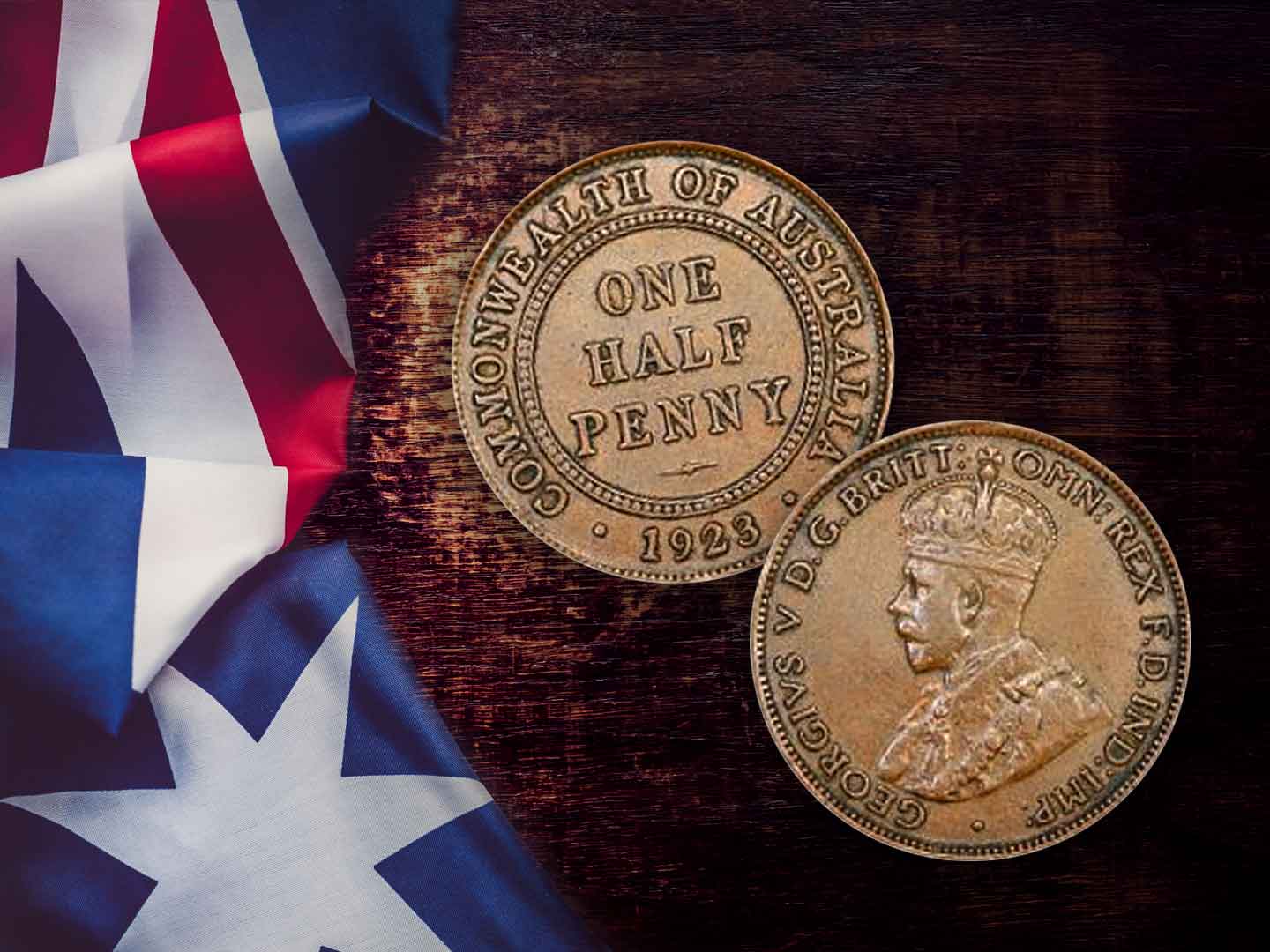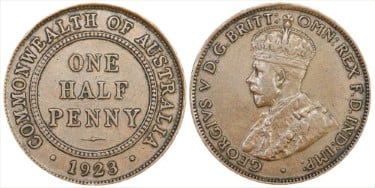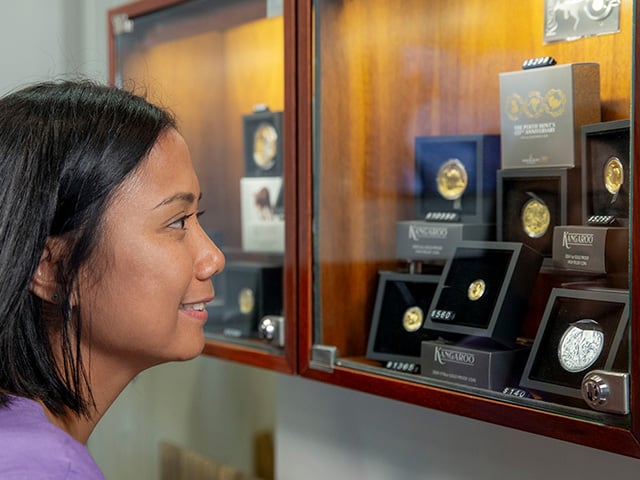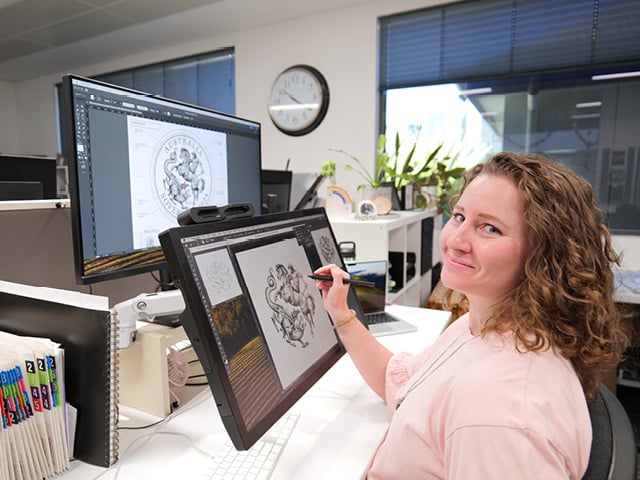Rare halfpenny surfaces in Australia

A counterfeit 1923 half penny, one of Australia’s rarest pre-decimal coins, surfaced at the most recent Perth Numismatic Show.
Untold for decades after its issue, the story behind the coin’s rarity is a fascinating one.
1923 Royal (Branch) mint records indicate that 1,113,600 half pennies were struck in Sydney, while none were struck in Melbourne at all.
But research by John Sharples, the Museum of Victoria’s Numismatic Curator, has proven that the coins struck in Sydney in 1923 were actually dated 1922. The elusive 1923 halfpenny was, after all, struck in Melbourne!

The saga began on July 10th 1923 when the Commonwealth Treasury placed an order for 480,000 half pence. Three pairs of dies were prepared to do the job, but one of these was returned “for further work”. Given that around 80,000 sovereigns were being produced from a pair of dies during this period, two pairs of dies would surely have completed far less than a third of the total required. Why were so few dies ordered?
Although Treasury had issued pence since 1919, 1923 was the first year it had requested half pence from Melbourne. Coincidentally, it was also the first time that Melbourne was permitted to assist in producing dies for the full range of Commonwealth denominations.
Melbourne was now able to re-punch partially blank master dies with the final digit required for that year – for example, a reverse die dated “192_” was sent from London, to which a “3” or “4” was manually added. In true colonial style, it seems the mint was keen to demonstrate its skill in minting this latest denomination at the British Empire Exhibition in London. As the exhibition was to be held in 1924, the most impressive display would surely have been a complete set of coins dated 1924. A set of unmatched coins (ie: one which included a half penny dated 1923) would not have anywhere near the same visual impact.
To put this enthusiasm in context, each of the Australian mints faced an uncertain future in the 1920’s. Demand for sovereigns eased with declining gold production, and competition for Commonwealth coinage contracts was also evident. In short, the Melbourne mint would have been keen to demonstrate any ability or initiative that would help stave off an inevitable closure, or give it a leg up over Sydney and Perth.
Keeping this in mind, perhaps the 1923 dies were used merely for testing. Varying striking pressures (the upper and lower limits of power required to achieve strong design detail) would have been firmly established by a trial run. Once it was finished, the limited number of 1923 dies would have provided the perfect excuse for them to request 1924 dies. This was the date required to complete the 1924 London Exhibition set, and as they would have now had the machinery at appropriate settings, it could be produced to a degree of quality easily acceptable internationally.
The 1923 half pennies may have then been thrown aside, to be issued at a later date together with the next production run. Quite predominant hairline cracks (far greater than on the majority of Commonwealth coinage) indicate that the dies were subjected to great stress during production.
Their existence would not have been recorded in official figures, as this would certainly not have been correct mint procedure. The last thing mint staff would have wanted was for their superiors to become aware of the “short-cuts” they had taken to attract recognition – in fact this would probably have been a major black mark against them in their tussles with the Sydney and Perth mints.
For many years this coin slipped through the cracks of Australian numismatic history – perhaps it should be known as the coin that never was! It is only due to avid collectors in later years that we are even aware of it today.
- Andrew Crellin
Andrew Crellin’s numismatic career began at The Perth Mint. Subsequently he spent over a decade in Sydney with two of Australia’s leading numismatic dealers. In that time he wrote two acclaimed books on Australian numismatics, appraised The Perth Mint’s archival collection and was nominated to the position of Secretary of the Australasian Numismatic Dealer’s Association. Back in Perth, his company Sterling and Currency specialises in Australian coins and banknotes, from the Holey Dollar of 1813 through to the modern coin sets.














